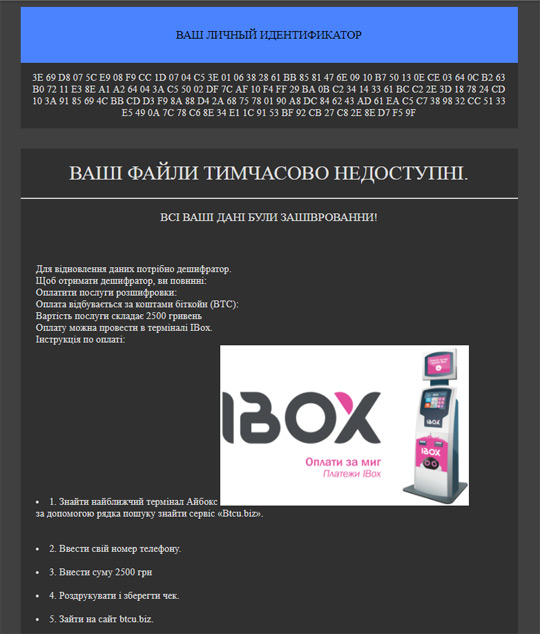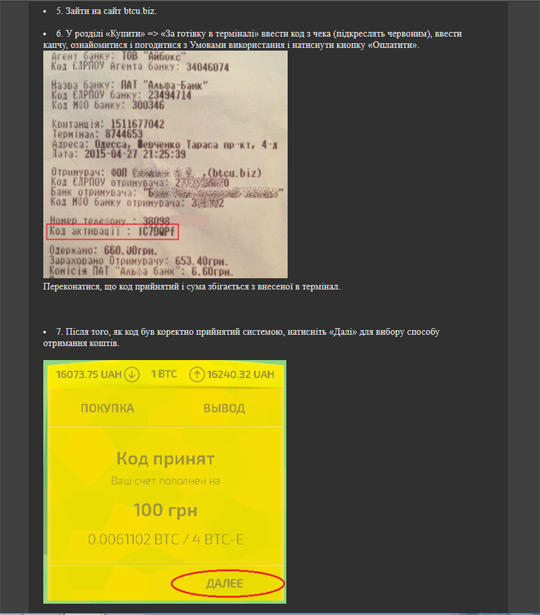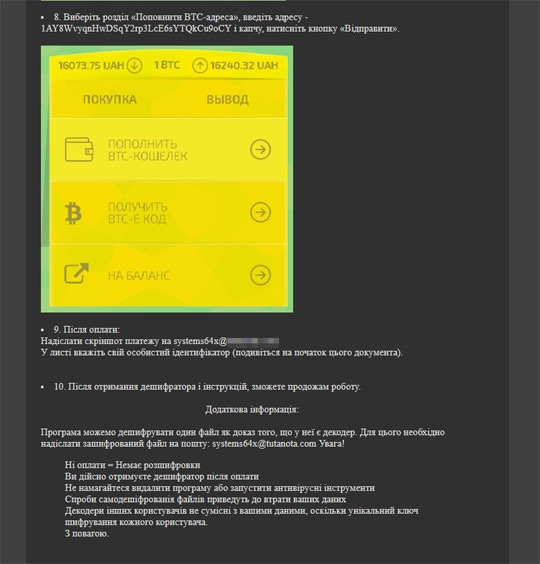RANSOM_PSCRYPT.A
Ransom:Win32/Ergop.B (Microsoft); Ransom.CryptXXX (Symantec)
Windows


Threat Type: Ransomware
Destructiveness: No
Encrypted: Yes
In the wild: Yes
OVERVIEW
Dropped by other malware, Downloaded from the Internet
This Ransomware arrives on a system as a file dropped by other malware or as a file downloaded unknowingly by users when visiting malicious sites.
It drops files as ransom note.
TECHNICAL DETAILS
228,864 bytes
EXE
No
22 Jun 2017
Displays graphics/image, Encrypts files
Arrival Details
This Ransomware arrives on a system as a file dropped by other malware or as a file downloaded unknowingly by users when visiting malicious sites.
Installation
This Ransomware drops the following component file(s):
- %User Temp%\qfjgmfgmkj.tmp
- %User Temp%\hjkhkHUhhjp.bat ← used to delete itself, deleted afterwards
(Note: %User Temp% is the user's temporary folder, where it usually is C:\Documents and Settings\{user name}\Local Settings\Temp on Windows 2000, Windows Server 2003, and Windows XP (32- and 64-bit); C:\Users\{user name}\AppData\Local\Temp on Windows Vista (32- and 64-bit), Windows 7 (32- and 64-bit), Windows 8 (32- and 64-bit), Windows 8.1 (32- and 64-bit), Windows Server 2008, and Windows Server 2012.)
Ransomware Routine
This Ransomware avoids encrypting files with the following strings in their file name:
- .pscrypt
- Paxynok.html
It avoids encrypting files with the following strings in their file path:
- windows
- Microsoft
- Microsoft Help
- Windows App Certification Kit
- Windows Defender
- ESET
- COMODO
- Windows NT
- Windows Kits
- Windows Mail
- Windows Media Player
- Windows Multimedia Platform
- Windows Phone Kits
- Windows Phone Silverlight Kits
- Windows Photo Viewer
- Windows Portable Devices
- Windows Sidebar
- WindowsPowerShell
- Temp
- NVIDIA Corporation
- Microsoft.NET
- Internet Explorer
- Kaspersky Lab
- McAfee
- Avira
- spytech software
- sysconfig
- Avast
- Dr.Web
- Symantec
- Symantec_Client_Security
- system volume information
- AVG
- Microsoft Shared
- Common Files
- Outlook Express
- Movie Maker
- Chrome
- Mozilla Firefox
- Opera
- YandexBrowser
- ntldr
- wsus
- Wsus
- ProgramData
It appends the following extension to the file name of the encrypted files:
- .pscrypt
It drops the following file(s) as ransom note:
- {Path of encrypted files}\Paxynok.html
- The ransom note contains the following:



SOLUTION
9.850
13.486.08
22 Jun 2017
13.487.00
23 Jun 2017
Step 1
Before doing any scans, Windows XP, Windows Vista, and Windows 7 users must disable System Restore to allow full scanning of their computers.
Step 2
Note that not all files, folders, and registry keys and entries are installed on your computer during this malware's/spyware's/grayware's execution. This may be due to incomplete installation or other operating system conditions. If you do not find the same files/folders/registry information, please proceed to the next step.
Step 3
Identify and terminate files detected as RANSOM_PSCRYPT.A
- Windows Task Manager may not display all running processes. In this case, please use a third-party process viewer, preferably Process Explorer, to terminate the malware/grayware/spyware file. You may download the said tool here.
- If the detected file is displayed in either Windows Task Manager or Process Explorer but you cannot delete it, restart your computer in safe mode. To do this, refer to this link for the complete steps.
- If the detected file is not displayed in either Windows Task Manager or Process Explorer, continue doing the next steps.
Step 4
Search and delete these files
- %User Temp%\qfjgmfgmkj.tmp
- %User Temp%\hjkhkHUhhjp.bat
- {Path of encrypted files}\Paxynok.html
Step 5
Scan your computer with your Trend Micro product to delete files detected as RANSOM_PSCRYPT.A. If the detected files have already been cleaned, deleted, or quarantined by your Trend Micro product, no further step is required. You may opt to simply delete the quarantined files. Please check this Knowledge Base page for more information.
Step 6
Restore encrypted files from backup.
Did this description help? Tell us how we did.

